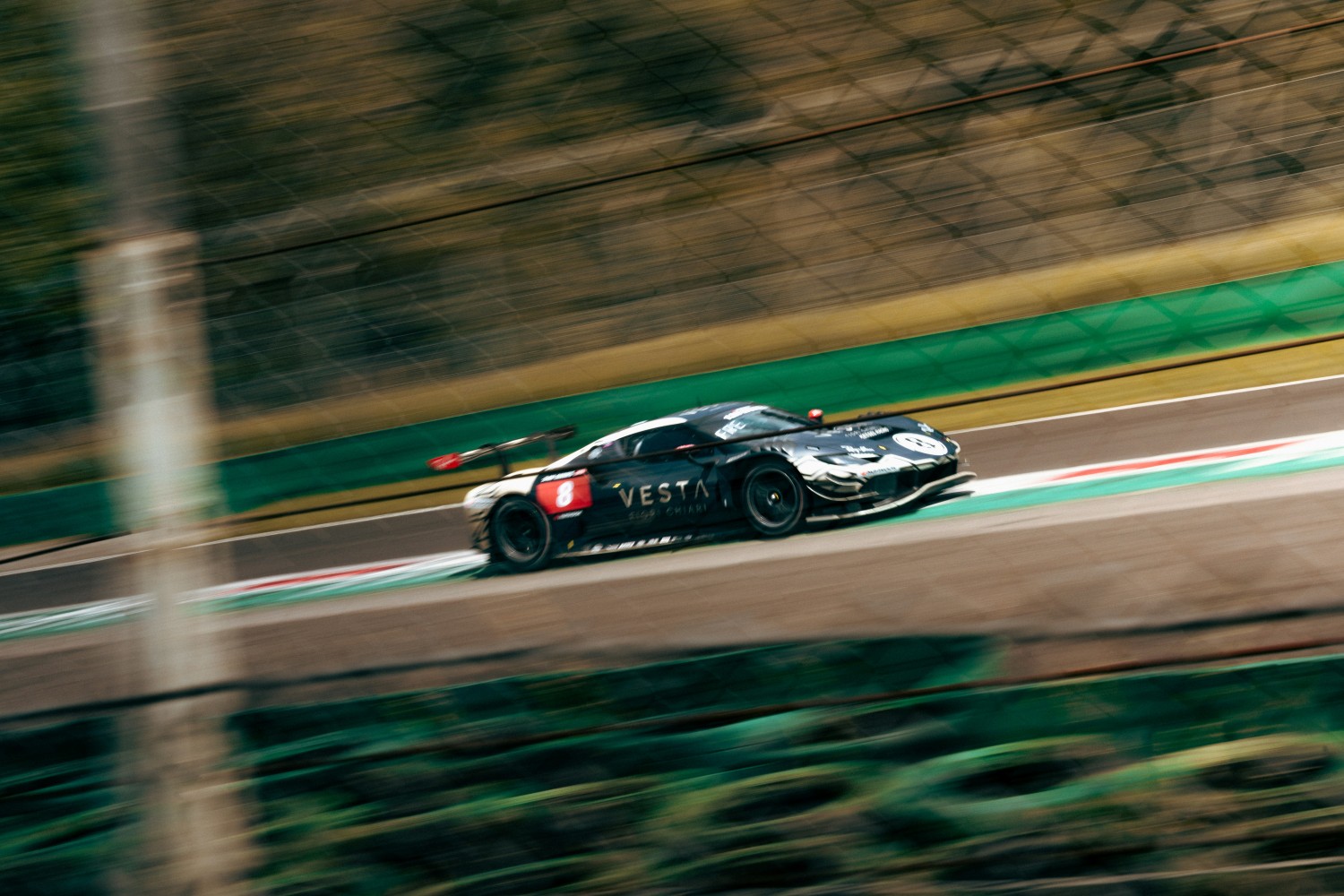Why We Crave Speed: The Psychology Behind Auto Racing
The roar of engines at Indianapolis or Monaco triggers something primal in millions of spectators. Hearts race in synchronization with vehicles pushing three hundred kilometers per hour, while drivers navigate margins of error measured in millimeters.
Auto racing captivates audiences far beyond those who consider themselves motorsport enthusiasts, tapping into fundamental psychological drives that evolution hardwired into human consciousness long before the invention of the internal combustion engine.
Chasing Adrenaline Beyond the Track
Racing fans often seek similar neurological rewards outside the circuit. The dopamine surge experienced during a close finish or dramatic overtake creates a biological template that the brain attempts to replicate through other activities. Some chase adrenaline through extreme sports, gaming, or casual entertainment like Casino777 slots online. Each provides controlled unpredictability that mirrors racing’s tension between skill and chance, offering quick bursts of excitement without physical danger.
The phenomenon extends beyond simple thrill-seeking. Neuroscientists have identified specific brain regions that activate during high-speed observation, particularly the amygdala and anterior cingulate cortex. These areas process both fear and reward, creating the complex emotional cocktail that makes racing compelling. Regular exposure to such stimulation can actually alter neural pathways, explaining why casual viewers often become devoted fans over time.
Between race weekends, enthusiasts maintain their connection through various channels. Simulation racing has exploded in popularity, offering remarkably accurate recreations of professional racing dynamics. Others gravitate toward motorcycles or performance driving courses, seeking firsthand speed experiences within controlled environments.
The Spectacle of Controlled Chaos
Professional racing presents a paradox that fascinates the human mind. Drivers maintain extraordinary precision while operating at speeds where minor errors prove catastrophic.
Spectators witness order emerging from potential chaos, a display of human mastery over powerful machines that could destroy their operators in seconds. The cognitive dissonance between danger and control creates compelling drama that scripted entertainment cannot replicate.
Television broadcasts amplify these tensions through strategic camera placement and audio design. Onboard cameras place viewers directly into cockpits, while trackside microphones capture the visceral sounds of engines under stress. Slow-motion replays dissect split-second decisions, revealing the calculations drivers make instinctively.
Weather introduces another layer of unpredictability that heightens psychological engagement. Rain transforms dry racing lines into treacherous surfaces, while wind affects aerodynamic calculations that teams spend millions perfecting. Spectators subconsciously process these variables, creating investment in outcomes that transcend simple win-or-lose scenarios.
Risk Perception and Cultural Evolution
Different cultures demonstrate varying relationships with speed and risk, reflected in their motorsport preferences. European audiences gravitate toward Formula One’s technological sophistication, while American fans often prefer NASCAR’s close-quarters combat. Rally racing dominates in regions where rough terrain defines daily driving. Each variation satisfies the same psychological needs through culturally specific expressions.
The role of technology in modern racing also affects psychological engagement. Contemporary Formula One cars generate data streams measuring thousands of parameters per second. Fans can access telemetry showing brake temperatures, tire degradation, and fuel consumption in real time. Understanding or even just acknowledging this complexity adds intellectual stimulation to visceral excitement, engaging multiple cognitive processes simultaneously.
Tribalism and Technical Mastery
Racing fandom often develops along tribal lines, with supporters aligning themselves with specific drivers, teams, or manufacturers. Social identity theory suggests humans naturally form in-groups and out-groups, and racing provides a structured environment for this behavior. Ferrari supporters wearing red at Monza or Orange Army members at Zandvoort demonstrate how racing allegiances become part of personal identity.
Technical regulations constantly evolve, forcing teams to innovate within strict parameters. Fans who understand these nuances experience additional satisfaction from recognizing clever engineering solutions or strategic innovations. A well-executed undercut during pit stops or an unexpected tire strategy can generate excitement equal to on-track overtaking, rewarding attention and expertise with deeper appreciation of the sport’s complexities.
